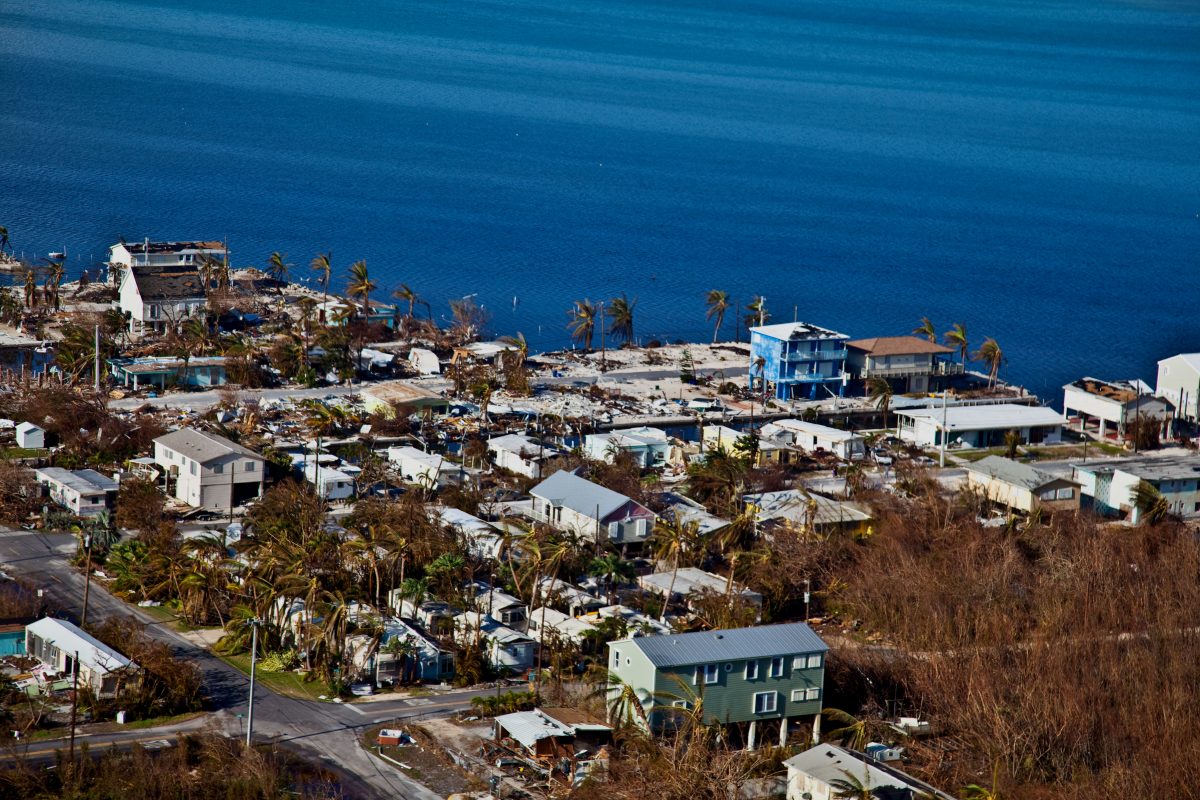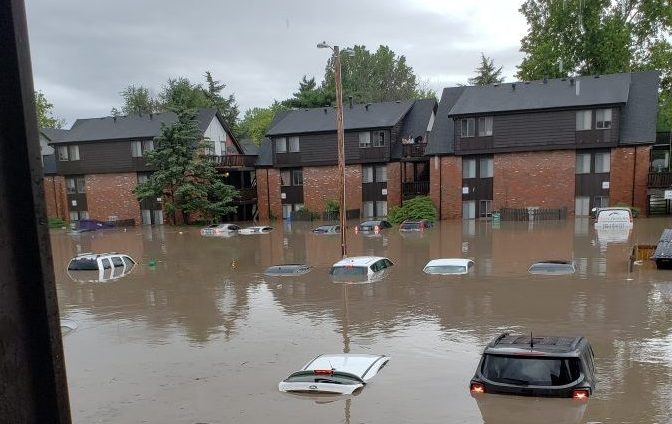
Last updated:
Hurricane Katrina +10

Overview
Ten years ago, Hurricane Katrina made landfall all along the United States’ southern gulf shores. It became one of the costliest disasters in our nation’s history.
CDP explored lessons learned from Hurricane Katrina and how those lessons have manifested themselves in our preparedness and philanthropy.
Please take a moment to look through this profile for blogs, research, and other information on both the storm itself and what the recovery process has looked like for the past 10 years.
(Photo: Four days after Hurricane Katrina made landfall on the Gulf Coast, many parts of New Orleans remained flooded. U.S. Navy photo by Gary Nichols)
In August 2005, Hurricane Katrina became the fifth storm of the Atlantic hurricane season that year. It made landfall in Florida on August 25, then weakened as it swung back towards the Gulf of Mexico, where it strengthened and make landfall a second time on August 29 in Louisiana. The storm caused damage all along the Gulf Coast, from Florida to Texas – roughly 90,000 square miles.
FEMA preparations for the storm began before it made landfall, and relief efforts continued for more than six months after Katrina swept ashore. National Guard units in affected areas were activated, and of the 60,000 people stranded in New Orleans, the Coast Guard rescued more than 33,000.
More than 70 nations pledged monetary donations or other assistance to the United States following the storm. Numerous nongovernmental organizations (NGOs) rushed to the affected area to begin relief and recovery work following the storm.
What was the impact of this disaster?
Hurricane Katrina is one of the costliest natural disasters in U.S. history, causing more than $108 billion in damage, as well as one of the deadliest, killing more than 1,800 people. Most of the deaths occurred in New Orleans, Louisiana, where roughly 80 percent of the city and large neighboring areas were flooded for weeks following the failure of the levee system – 53 different levee breaches in all. Water reached 6 to 12 miles inland from the coastal areas. Hurricane Katrina maintained its’ storm strength as a hurricane more than 150 miles inland, dumping wind and rain on everything in its’ path.
Facts & stats
- 1,833 people died as a result of Hurricane Katrina
- The storm caused at least $108 billion in damages
- More than 1 million people on the Gulf Coast were displaced by the storm
- Nearly half the fatalities in Louisiana were people older than 74
- The Hurricane Katrina storm surge was 20 feet high
- The storm affected more than 93,000 square miles along the Gulf Coast
- 118 million cubic yards of debris was left in the storm’s wake
Contact CDP
Recovery updates
If you are a responding NGO or a donor, please send updates on how you are working on recovery from this disaster to Tanya Gulliver-Garcia.
We welcome republication of our content. Please credit the Center for Disaster Philanthropy.
Learn more
- Blog on Hurricane Katrina Memories and Insights
- Katrina 10 New Orleans
- A Tour of Abandoned New Orleans
- 16-part Series on Katrina from Weather Underground
- Lost Children of Katrina
- Report from the New York Regional Association of Grantmakers, 2008 Donor’s Guide to Gulf Coast Relief and Recovery; and their earlier report by the same title, 2006 Donor’s Guide to Gulf Coast Relief and Recovery.
- The Foundation Center authored a report with lessons for donors from Hurricane Katrina: Giving in the Aftermath of the Gulf Coast Hurricanes.
Resources

Hurricanes, Typhoons and Cyclones
Hurricanes, also called typhoons or cyclones, bring a triple threat: high winds, floods and possible tornadoes. But there’s another “triple” in play: they’re getting stronger, affecting larger stretches of coastline and more Americans are moving into hurricane-prone areas.

Floods
Flooding is our nation’s most common natural disaster. Regardless of whether a lake, river or ocean is actually in view, everyone is at some risk of flooding. Flash floods, tropical storms, increased urbanization and the failing of infrastructure such as dams and levees all play a part — and cause millions (sometimes billions) of dollars in damage across the U.S. each year.

Is your community prepared for a disaster?
Explore the Disaster Playbook